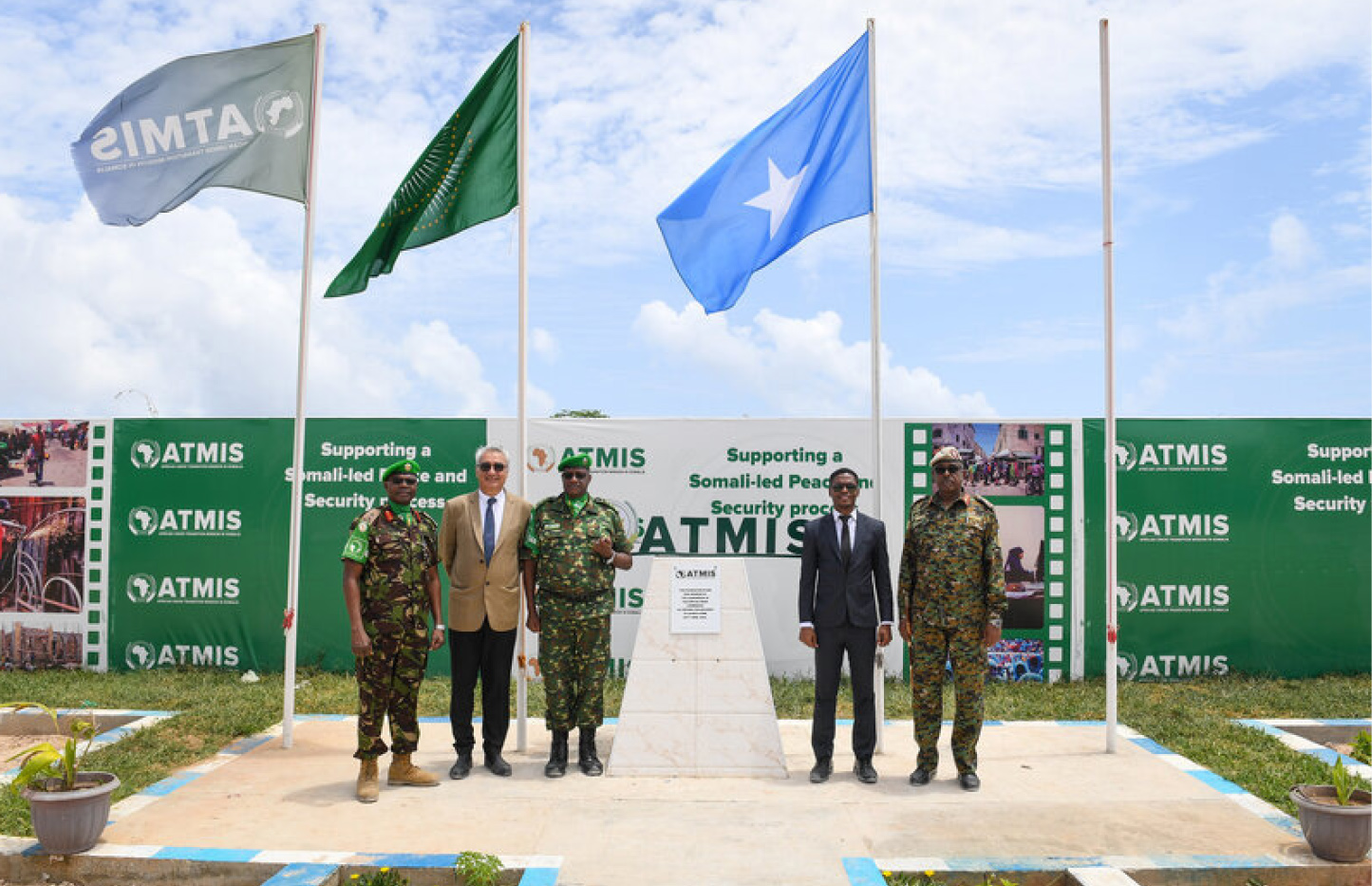- Home
- About
- Experts
- Publications
- Our Centers
- Policy Forums
- Speeches
- Events
- Multimedia
- Mon-Fri (9:00 am-7.00 pm)
- [email apolicyinstitute@gmail.com]
- +254 706 670 965
- Mon-Fri (9:00 am-7.00 pm)
- [email apolicyinstitute@gmail.com]
- +254 706 670 965

Since 2022, the government of President
Hassan Sheikh Mahmoud has implemented
a comprehensive strategy to drain the swamps
of violent extremism in Somalia, effectively
putting the al-Shabaab Islamist group on the
backfoot. But the on-going drawdown of the
African Union Transition Mission in Somalia
(ATMIS) ahead of its final exit by December
2024 is creating a vacuum that militia is
exploiting to stage a comeback. In the absence
of a seamless transition to the proposed
African Union Stabilization Support Mission
(AUSSOM) in January 2025 and emerging
geopolitical rivalries by troops contributing
African power risks emboldening and giving
a new lease of life to the Islamist group
Somalia has been battling violent extremist
group al-Shabaab for the last 15 years,
registering some successes and bad blows in
its wake. Over the years, the government of
the Federal Republic of Somalia has worked
hand-in-hand with the various formats of
the African Union forces to push back on
the militants. The latest format of those
forces are the African Union Transition
Mission in Somalia (ATMIS) which is
expected to exit the stage in December
following the end of the mandate.
There have been some agreements on the next force to take over, known formally as the African Union Stabilisation Support Mission (AUSSOM). Although the presumptive start times are in January 2025, the actual troop contributors are yet to be known because discussions are still going on. However, Egypt has been a forerunner, pledging troops and sending arms already in preparation for taking part in AUSSOM.